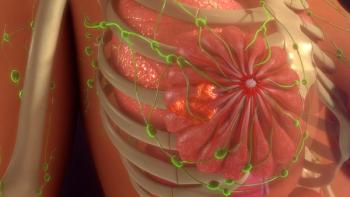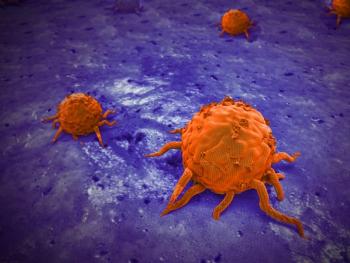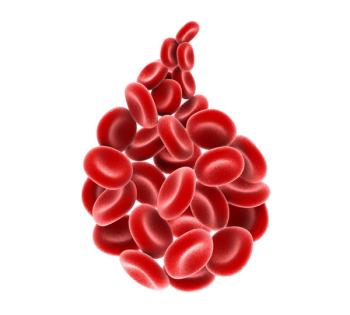
Miami Breast Cancer Conference® Abstracts Supplement
- 42nd Annual Miami Breast Cancer Conference® - Abstracts
- Volume 39
- Issue 4
- Pages: 58
79 Case Series of Pathologic Upgrade After Reconstructive Breast Surgery
Background/Significance
Finding significant pathologic lesions after reduction mammoplasty is a rare occurrence, with a rate of around 3.5%. The incidence of these findings has been found to be higher in patients aged older than 40 years. These findings are also rare in gender affirming surgeries, most of which have been reported in case reports. One study found an incidence of 0.7% for incidentally found high-risk or malignant lesions, with higher rates in patients over 25 years old. Another noted that 67% of breast cancer found in transmen were identified after gender affirming mastectomies, with over half found incidentally. Most studies have focused on incidence rate and management after surgery. For this study, we planned to additionally review preoperative imaging, focusing on patients younger than 40 years who would not have started routine mammograms.
Materials and Methods
A retrospective chart review was performed on female patients between the ages of 18 and 40 years old who underwent non-oncologic breast surgery between 2019 and 2024 and were found to have abnormal findings on pathology. Data collected included demographics, imaging, breast density, surgeries performed, tumor characteristics, stage at diagnosis, genetic testing, and follow-up recommendations.
Results
A total of 14 patients were identified. All were female patients with ages ranging from 18 to 37 years. Four patients had bilateral mastectomies for gender dysphoria, while the remaining patients had bilateral breast reductions. One patient had previous ultrasounds performed for an abscess. Four patients had a family history of breast or ovarian cancer. Two patients were found to have invasive ductal carcinoma (IDC), 2 had ductal carcinoma in situ (DCIS), 7 had atypical ductal hyperplasia (ADH), and 3 had atypical lobular hyperplasia (ALH). Of the patients who had bilateral mastectomies, 1 patient had DCIS. MRI and breast surgery follow-up was recommended, but there was no evidence of follow-up in the medical record. Ten patients were recommended to have additional imaging, of which, 6 patients had imaging performed. Six patients subsequently had genetic testing performed. Two patients underwent additional surgery for their diagnosis (1 with IDC and 1 with DCIS). The 3 patients who underwent bilateral mastectomies and were found to have ADH only had follow-up with plastic surgery. One patient with ALH found after bilateral reductions was recommended to follow up with their primary care physician. The remaining patients were referred to breast surgery.
Conclusion
Our results over a 5-year period showed a small number of patients younger than 40 years old who had incidental high-risk or cancerous lesions found on pathology following breast reduction or gender affirmation surgery. Of these 14 patients, only 1 had any imaging performed prior to surgery but for unrelated reasons. All except 1 patient were appropriately referred to breast surgery postoperatively, though it could be argued that the 3 patients with ADH after gender affirming mastectomies should be followed for their high-risk lesions, as more breast tissue is typically left behind after mastectomies for gender affirmation compared with those performed for cancer. Our study does not provide sufficient evidence to recommend routine screening prior to breast plastic surgery for diagnoses unrelated to cancer. Though it is something plastic surgeons should keep in mind, especially for high-risk patients.
Articles in this issue
Newsletter
Stay up to date on recent advances in the multidisciplinary approach to cancer.



















































































